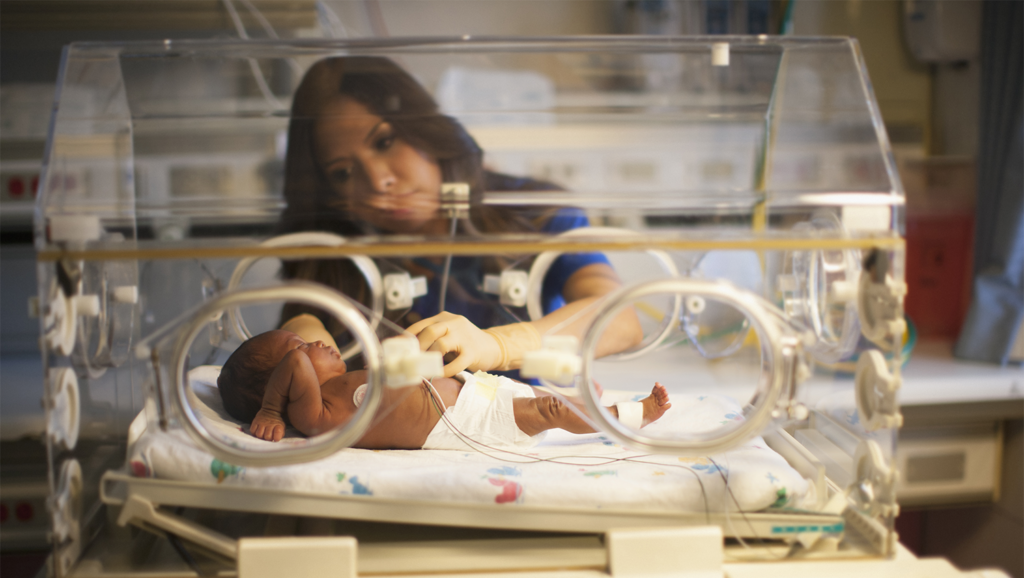
The “frog-like” position, characterized by flexed hips and knees with the legs apart and the arms flexed at the elbows, is considered a sign of hypotonia (reduced muscle tone) in newborns. This position can be seen in various clinical conditions, including perinatal asphyxia. Understanding the significance of this position in the context of perinatal asphyxia is crucial for proper diagnosis and management.
Clinical Significance
- Indicator of Hypotonia:
- Hypotonia is a common feature in neonates who have suffered perinatal asphyxia due to hypoxic-ischemic encephalopathy (HIE).
- The frog-like position suggests generalized muscle weakness and poor neuromuscular control, often seen in neonates with significant hypoxic-ischemic injury.
- Neurological Assessment:
- The presence of a frog-like position is an important observation in the initial neurological assessment of a newborn.
- It may indicate moderate to severe HIE, which requires prompt evaluation and intervention.
- Prognostic Value:
- Hypotonia and abnormal posturing, such as the frog-like position, can be associated with adverse neurological outcomes.
- Early recognition can help in prognostication and planning for therapeutic interventions like therapeutic hypothermia.
- Implications for Management:
- Identifying hypotonia early allows for timely initiation of supportive measures, including respiratory support, fluid management, and careful monitoring for complications such as seizures.
- It prompts consideration for neuroprotective strategies and early involvement of a multidisciplinary team for ongoing management and follow-up.
Pathophysiology
- Hypoxia and Brain Injury: Perinatal asphyxia leads to reduced oxygen delivery to the brain, resulting in neuronal injury and dysfunction. The areas of the brain controlling muscle tone and movement are particularly vulnerable to hypoxic damage.
- Neurotransmitter Imbalance: Hypoxic-ischemic injury disrupts the balance of excitatory and inhibitory neurotransmitters, contributing to muscle hypotonia and abnormal posturing.
Assessment and Intervention
- Initial Evaluation:
- Conduct a thorough physical examination to assess muscle tone, reflexes, and spontaneous movements.
- Document the presence of the frog-like position and any other signs of neurological impairment.
- Monitoring and Supportive Care:
- Monitor vital signs, including heart rate, respiratory rate, and oxygen saturation.
- Provide respiratory support as needed, considering the risk of respiratory depression in hypotonic infants.
- Therapeutic Hypothermia:
- Initiate therapeutic hypothermia within 6 hours of birth for eligible neonates with moderate to severe HIE to reduce the extent of brain injury.
- Maintain a target temperature of 33.5°C for 72 hours, followed by gradual rewarming.
- Neurological Monitoring:
- Perform continuous monitoring for seizures using amplitude-integrated EEG (aEEG) or conventional EEG.
- Regular neurological assessments to monitor progress and detect early signs of complications.
- Parental Support and Counseling:
- Inform and educate parents about the condition, prognosis, and the steps being taken for management.
- Provide emotional support and resources for coping with the stress of a critically ill newborn.


